#textile designing
Explore tagged Tumblr posts
Text



Galaxy Bride at Robert Wun Couture FW24
#robert wun#fw24#couture#runway#fashion#galaxy#bride#embellishment#bead embroidery#pattern#surface pattern#surface pattern design#pattern design#textile design#textiles#video#crystals#galaxy print#printed textiles#print
28K notes
·
View notes
Text



Started a new vest project this week ! Test swatch + bottom section ⛪🌿
#knitting#tracery vest#wipinsanity#<--- this is the pattern designer you can find them on ravelry and their own site fyi#textile#bottom section is normally tall corrugated ribs but I wanted to change propotions a little#so i joined the ribbing into archways and added a row of windows
12K notes
·
View notes
Text
I finally made my first yarn wig after 10+ years of crocheting my cosplays...
#artist#crochet#crocheting#fiber art#yarn#yarn crafts#cosplay#crochet cosplay#fiber artist#fiber crafts#my crochet#my cosplay#my art#wig#wig making#costume construction#cosplayer#costume#crochet tumblr#crochet wig#marie antoinette#rococo#historical fashion#fibre artist#fibre arts#textile art#textiles#costume design#crochet design#designer
22K notes
·
View notes
Text
0 notes
Text
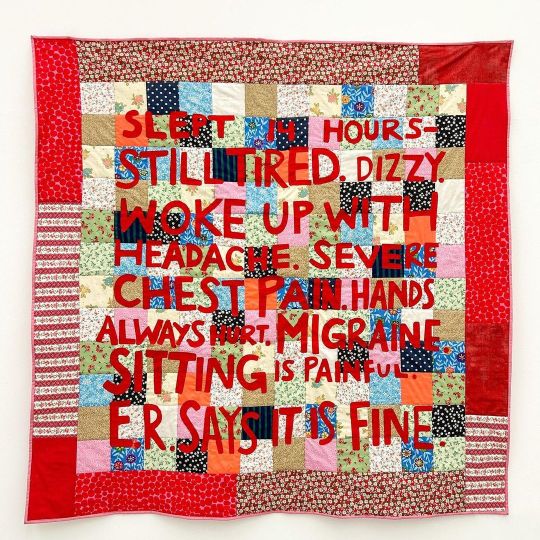
symptom journal quilt by Nicole Jones Studio
#nicole jones studio#quilt#quilting#fiber arts#textiles#applique#chronic illness#chronic pain#textile art#chronic fatigue#soft sculpture#protest art#textile design#words#⭒* ·˚ ☾ ⊹.
6K notes
·
View notes
Text

Embark on a creative journey with our textile designing course, where innovation meets tradition. Learn the intricacies of pattern creation, color theory, and fabric manipulation. Our comprehensive program equips you with the skills to translate ideas into captivating textile designs, fostering your artistic expression and industry-relevant expertise.
Get more information -
+91 7408733333 | 0522 4935555
1 note
·
View note
Photo

Molly Upton Watchtower (1975) Quilt
4K notes
·
View notes
Photo
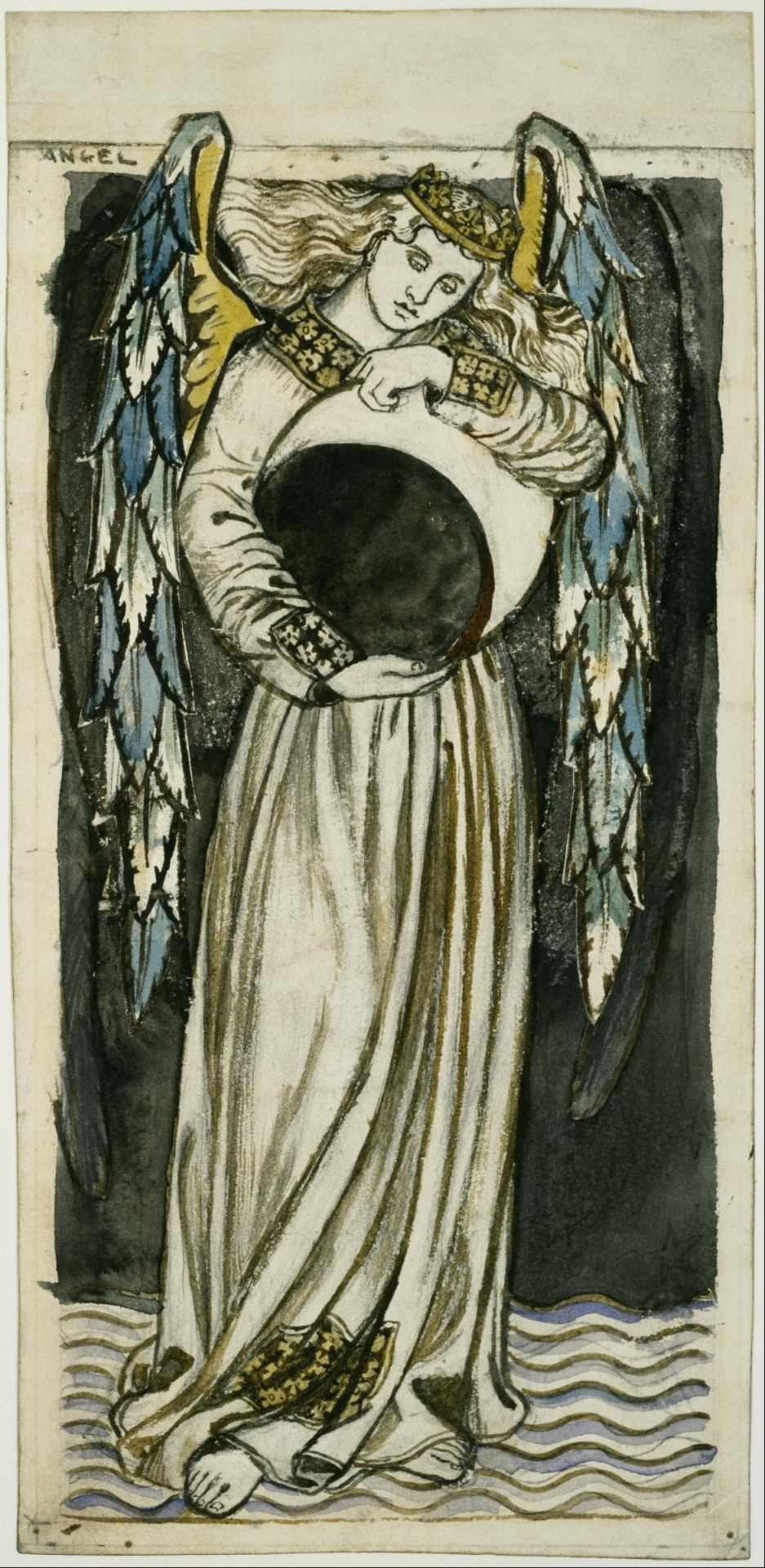

Journey through Time: William Morris's Day and Night, a Tale of 1860s
6K notes
·
View notes
Text
What are the Basics of Fashion Designing?
Fashion designing is an art form that requires a solid foundation in the fundamentals. Whether you're a budding fashion enthusiast or an aspiring designer, understanding the basics is essential to unleashing your creative potential. This will enable you to excel in this dynamic industry. We will look at the core principles and elements of fashion design in this article. You will receive a comprehensive overview of the essentials.
Conceptualization and Inspiration:
Fashion designing is about conceptualizing and drawing inspiration from various sources. This involves developing a keen eye for observing trends, exploring diverse cultures, understanding historical influences, and staying abreast of contemporary fashion movements. By immersing yourself in fashion, art, architecture, nature, and even everyday life experiences, you can gather inspiration and transform abstract ideas into tangible design concepts.
Sketching and illustration:

Sketching and illustration serve as powerful tools for fashion designers to bring their ideas to life. These visual representations allow designers to express their creativity, experiment with different silhouettes, fabric choices, and embellishments, and visualize the final look of a garment. Developing strong sketching skills, mastering proportion, and understanding body anatomy is fundamental to effectively communicating design concepts and refining them before moving into the production phase.
Understanding Fabrics and Materials:

An in-depth knowledge of fabrics and materials is crucial for fashion designers. Understanding the properties, textures, drape capabilities, and suitability of various fabrics enables designers to make informed decisions when selecting materials for their designs. Familiarity with different fabric types, weaves, and finishes allows designers to create garments that reflect their creative vision. However, they also ensure comfort, durability, and functionality.
Color Theory and Color Palettes:

Colors play a pivotal role in fashion design, conveying emotions, setting moods, and creating visual impact. Understanding color theory, including concepts such as color harmony, contrast, and saturation, empowers designers to make intentional and effective color choices. Developing an eye for coordinating color palettes, experimenting with color combinations, and understanding the psychological impact of colors on the viewer are essential skills for fashion designers.
Garment construction and pattern making:
Transforming design concepts into actual garments requires proficiency in garment construction and pattern making. This involves understanding body measurements, creating and modifying patterns, and constructing garments with precision. Knowledge of sewing techniques, fitting principles, and garment assembly ensures that designs translate seamlessly from the sketchpad to the final product.
Fashion Trends and Market Research:

Fashion designers need to stay attuned to the ever-evolving trends and preferences of the market. Conducting thorough market research, analyzing consumer behavior, and identifying emerging fashion trends enable designers to create designs that resonate with their target audience. Keeping a pulse on fashion forecasting, trend analysis, and industry developments allows designers to remain innovative, relevant, and competitive in the dynamic fashion landscape.

At IIFD - Indian Institute of Fashion & Design, we recognize the importance of mastering fashion designing basics. Our comprehensive fashion programs provide students with a strong foundation in these core principles, empowering them to embark on a successful career in the fashion industry.
Join us to cultivate your creative skills, refine your technical expertise, and unleash your artistic potential. Visit the leading fashion designing college in Chandigarh, India for more information about our fashion design courses. Take the first step towards realizing your dreams in fashion design.
#fashion design#fashion designing#careers#textile designing#iifd students#education#fashion design college#iifd#basics of fashion designing#Basics of Fashion Design
1 note
·
View note
Text



👻 90s Halloween kitchen towels, no ID 👻
#halloween#textile design#vintage illustration#90s#nostalgia#kidcore#cute#retro#bats#jack o lantern#cute ghost#trick or treat#90s baby#these bring me so much joy when i get them out each October
840 notes
·
View notes
Text
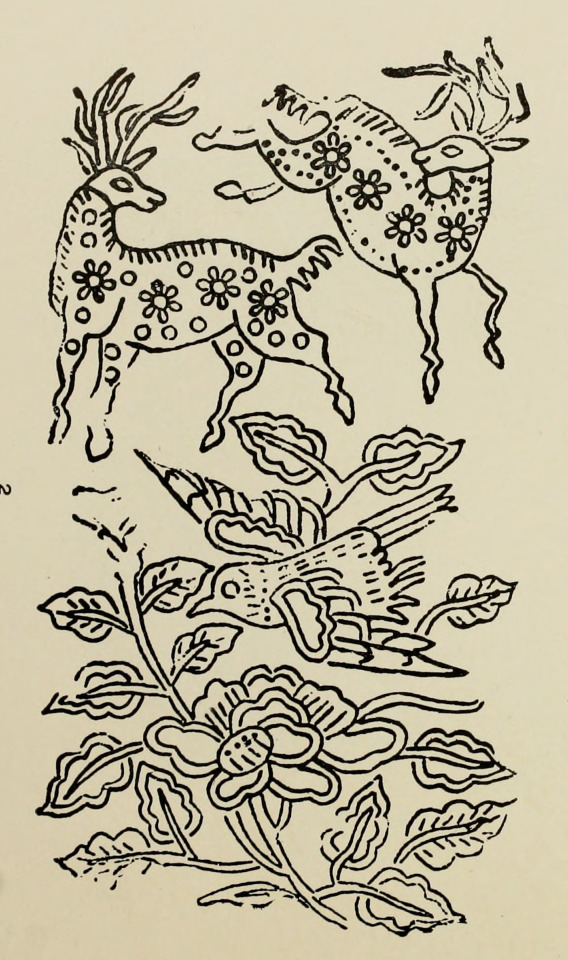
Spotted deer. Javanese batik designs from metal stamps. 1924.
Internet Archive
7K notes
·
View notes
Text
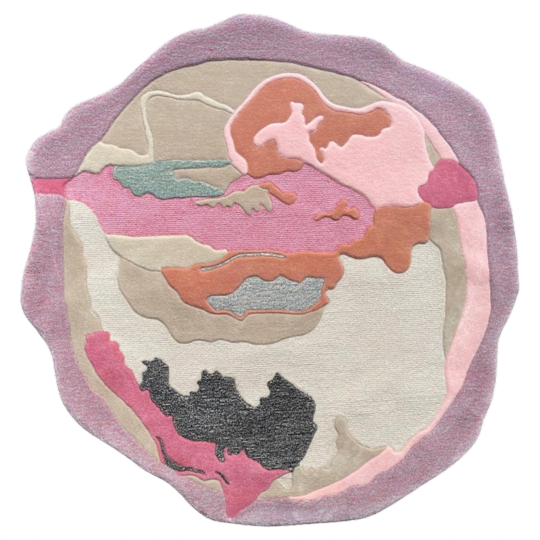

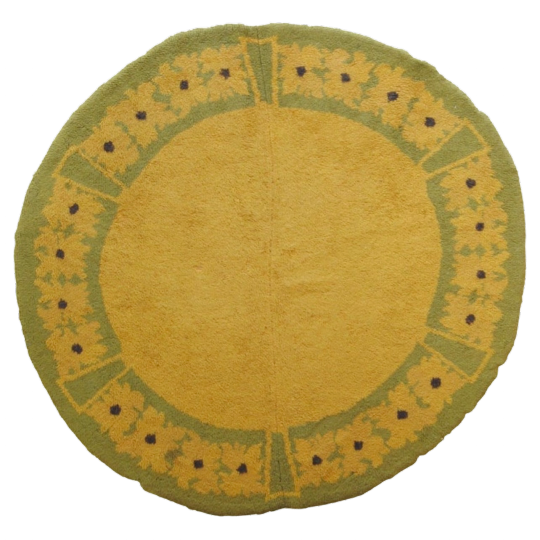

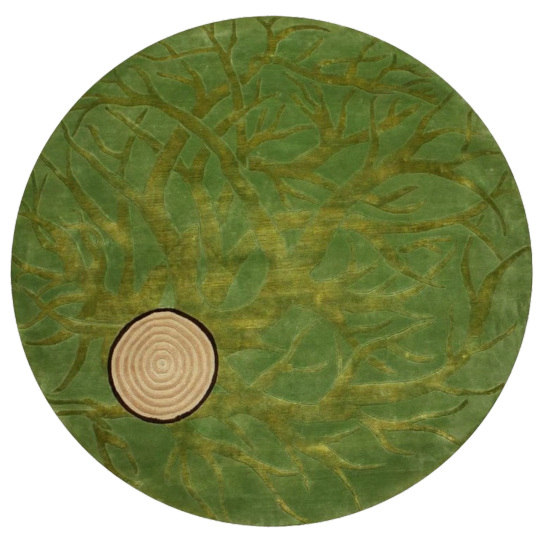
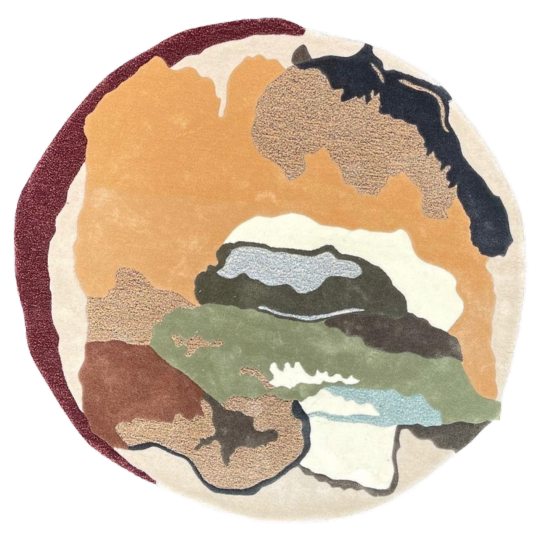
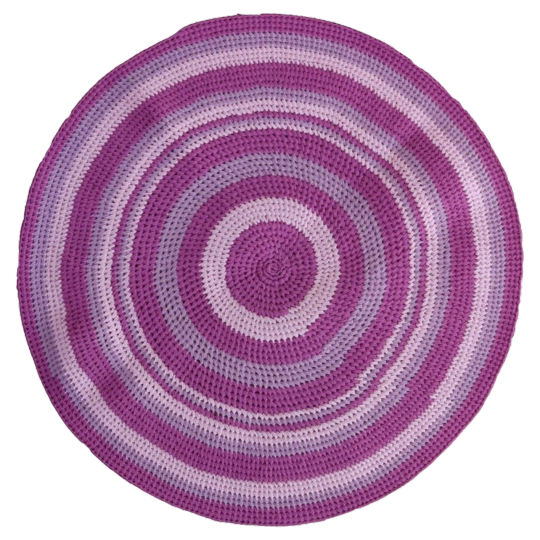
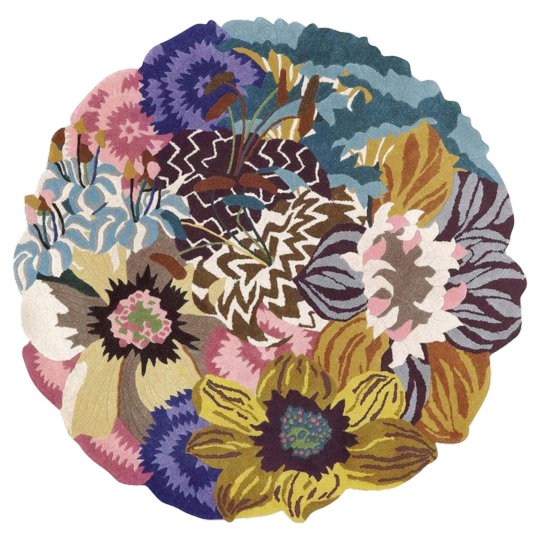
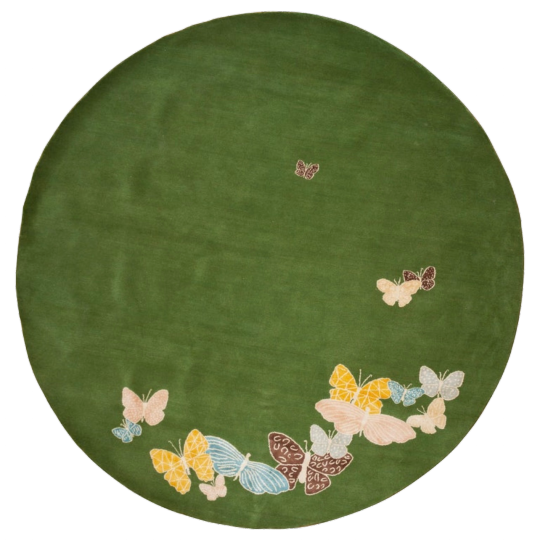
Circle Rugs
#rugs#png#pngs#art#design#textiles#rug#round rugs#circle rugs#decor#green#pastel#pink#purple#earthy#transparent#1k#10k
22K notes
·
View notes
Text
What Differentiate between Fashion Design and Textile Design?
Fashion and textile design are two interrelated and overlapping fields that play a crucial role in the fashion industry. Both fields involve the creation and manipulation of fabrics and materials, but they differ in their specific focus and applications. This article will provide an in-depth exploration of the differences between fashion and textile design, including their histories, techniques, and job prospects.

History of Fashion and Textile Design:
Fashion design has a long and storied history, with roots dating back to ancient civilizations such as Egypt, Greece, and Rome. Throughout the centuries, fashion has been influenced by various factors, including social, political, and cultural trends. Fashion designers are responsible for creating garments, accessories, and footwear that reflect current trends and express personal style.
Textile design also has a rich history, dating back to the earliest civilizations that developed weaving and dyeing techniques. Textile designers are responsible for creating the patterns and designs that are printed or woven onto fabrics. The development of the textile industry during the Industrial Revolution greatly expanded the possibilities for textile design and allowed for mass production of fabrics.
Differences in Techniques:
Fashion design and textile design use different techniques and processes to achieve their respective goals. Fashion designers typically begin by sketching their ideas and then creating patterns and prototypes. They use a range of tools and equipment, including sewing machines, sergers, and mannequins. Fashion designers also work closely with other professionals in the fashion industry, such as buyers, merchandisers, and marketers.
Textile designers, on the other hand, focus on the creation of the actual fabrics themselves. They use a range of techniques, including weaving, knitting, printing, and dyeing, to create unique and visually appealing designs. Textile designers work with a range of materials, including cotton, silk, wool, and synthetic fibers, and they may create designs for clothing, upholstery, home decor, and other applications.
Differences in Job Prospects:
Both fashion and textile design courses are offer exciting career opportunities, but the specific job prospects differ between the two fields. Fashion designers may work for fashion houses, design firms, or as freelance designers. Some fashion designers focus on creating high-end fashion for couture houses, while others may specialize in mass-market clothing lines or activewear. Fashion designers may also work in other areas of the fashion industry, such as costume design for film and theater.
Textile designers, on the other hand, may work for textile mills, design studios, or as freelance designers. They may create designs for a range of applications, including clothing, upholstery, bedding, and home decor. Textile designers may also work in other areas of the textile industry, such as fabric testing and quality control.
Fashion design and textile design are two distinct but interrelated fields that play a critical role in the fashion industry. While both fields involve the creation and manipulation of fabrics, they differ in their specific focus and applications. Fashion designers are responsible for creating garments and accessories that reflect current trends and personal style, while textile designers create patterns and designs that are printed or woven onto fabrics. Both fields offer exciting career opportunities, and individuals interested in pursuing a career in fashion or textile design should carefully consider their interests, skills, and goals to determine which field is the best fit for them.
Join One Of The Top Fashion Design Colleges in India. IIFD - Indian Institute Of Fashion & Design is The most popular and Leading Fashion Design College in India which Offers professional training in Fashion Design Courses in India.
#fashion design course#textile design course#fashion designing#textile designing#career#education#fashion design college#iifd
0 notes
Text
The Future of Textile Designing
Textile designing has come a long way from its traditional roots. Today, designers are using cutting-edge technologies, materials, and techniques to create innovative and sustainable textile products. In this blog, we will explore the future of textile designing, the trends shaping the industry, and the role of technology in this field. Sustainable Materials: One of the most significant trends…
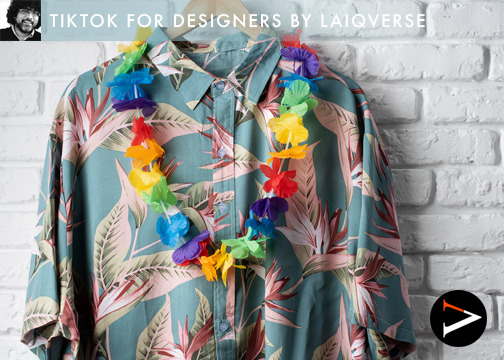
View On WordPress
#3D printing#biodegradable materials.#collaborative design#custom-fit garments#Design#Designer#digital printing#eco-friendly materials#future#Graphic design#innovative#LaiqQureshi#laiqverse#natural dyes#smart textiles#Sustainability#Technology#textile#textile designing#unique products
1 note
·
View note